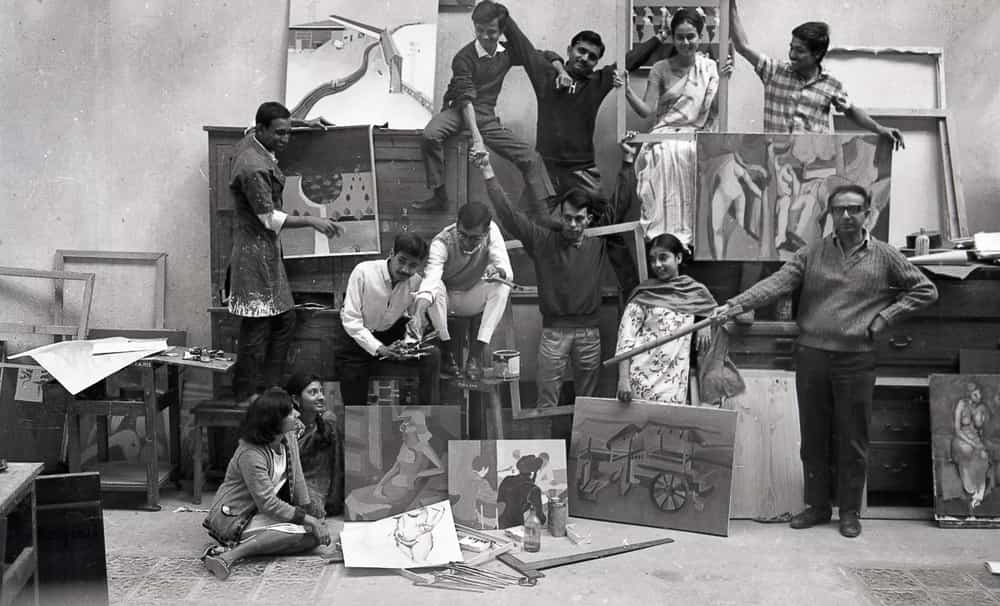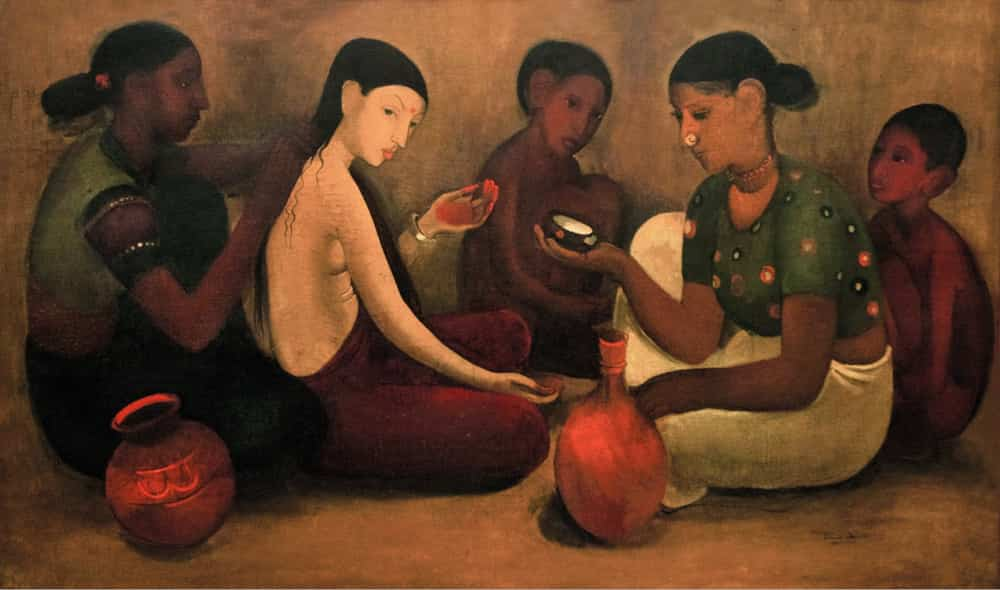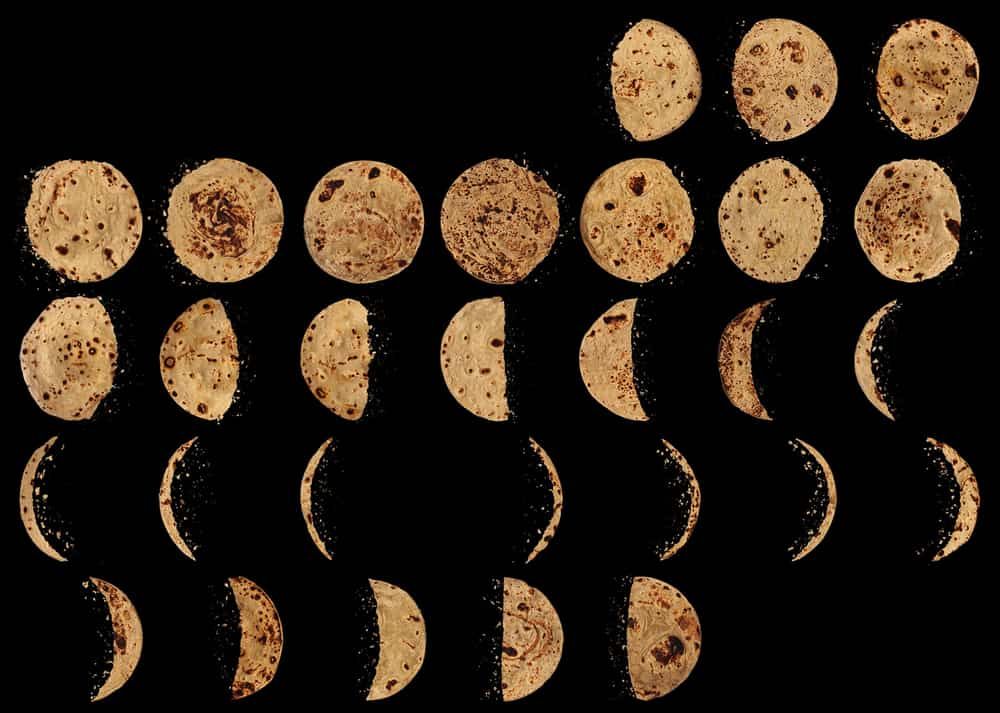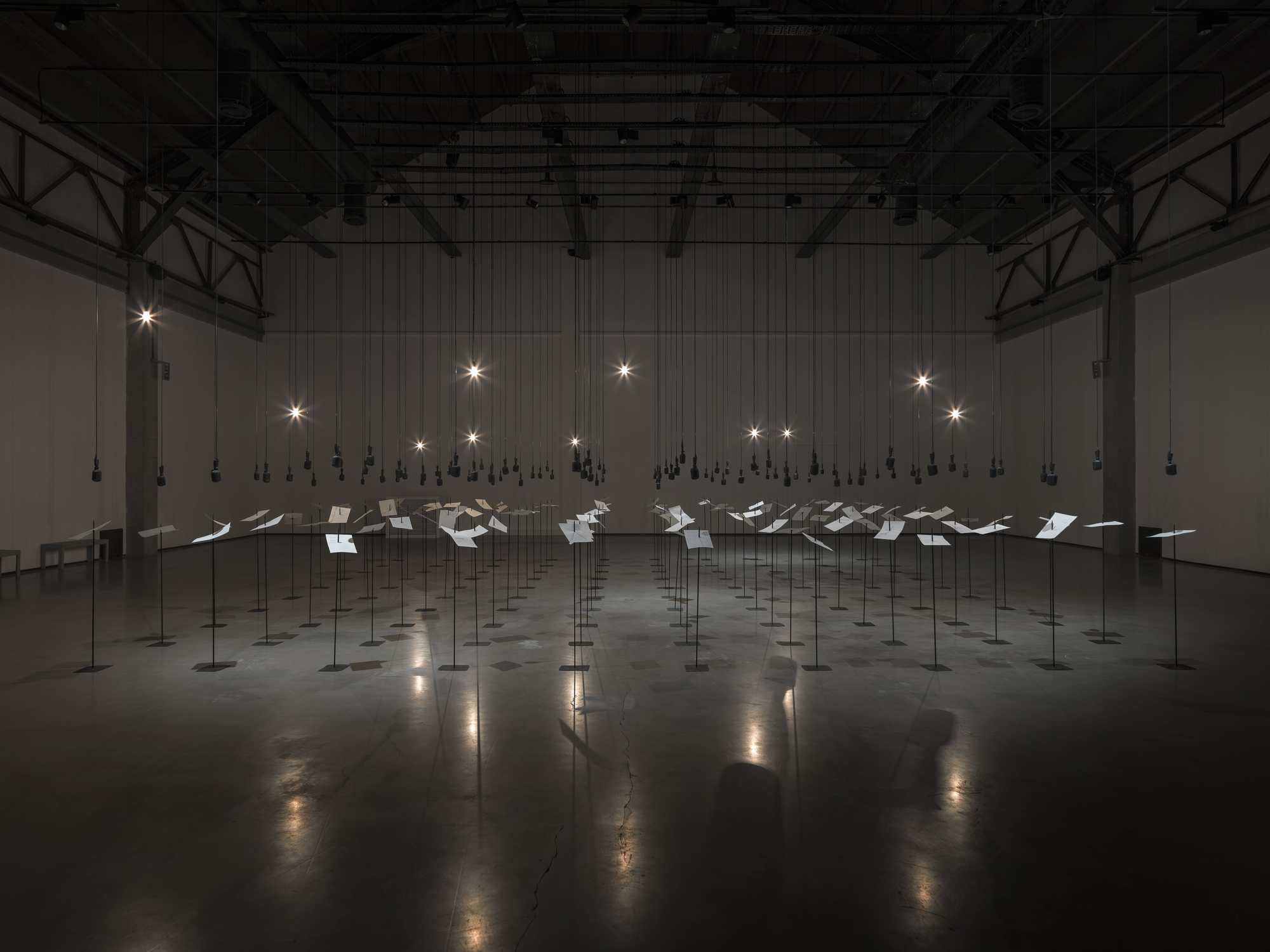The MAP Academy announces the launch of its short course, Modern & Contemporary Indian Art
By Terrain.art | Oct 31 2023 · 3 min. read
Discover modern and contemporary Indian art through the MAP Academy’s latest online course. Authored by Dr Beth Citron, and in partnership with Terrain.art.
As part of a broader vision to improve the way histories of Indian art are introduced and accessed, the MAP Academy has announced the launch of its short course, Modern and Contemporary Indian Art. Typically, this subject is only available to those enrolled in select academic programmes or
already a part of the ecosystem of art. This is the first time it is being taught online, and the course is
entirely free-for-all and self-paced, representing a new era of tech-enabled cultural education,
removing major barriers and meeting the demands of a more visually engaged and curious public.


Group of Fine Arts Students, 1974 - Jyothi Bhatt


Bride's Toilet, 1937 - Amrita Sher-Gil
Authored by art historian Dr Beth Citron, and edited and produced by the MAP Academy, the course
comprises engaging videos, illustrated texts and interactive quizzes, providing learners with a
Certificate of Completion. Over a short span of 4.5 hours, it covers major developments in art from the
late-19th and early-20th century to the present day, examining questions of nationhood, modernity,
self-expression, identities and globalisation. Studying art forms, especially from recent decades,
enables learners to dive into a range of creative practices and bodies of work. It also provides a
sensitive entry point through which one can reflect upon histories as well as present-day issues.
“Too often modern and contemporary Indian art is considered intimidating or inaccessible, and it can be
challenging to know where to start. The course is designed to ensure that it is not only introductory to all
but also empowering. It will equip learners with a sense of chronology, a strong visual vocabulary, the
ability to discuss works by a range of seminal artists and engage in critical conversations. While no
course can cover everything, my hope is that this short course will encourage learners to engage more
deeply with this dynamic subject and inspire a lifelong interest in art.”
– Dr Beth Citron, Course Author


Atlas of My World, 2001 - Zarina


Detail, Epilogue, 2010–2011 - Jitish Kallat
Learners who complete the course also gain exclusive access to specialised MAP Academy Live
programming that includes community meet-ups, expert-led lectures and workshops. Through these,
learners can maintain a sustained interest in the subject, and delve deeper into some of the critical
themes and ideas that the course introduces.
Notably, this course involved a partnership with Terrain.art. The MAP Academy is also engaging with
academics, scholars and advisors including Dr Annapurna Garimella, Dr Diva Gujral and Mayank
Mansingh Kaul, among others, to develop its programme. Through such collaborations, the
organisation offers diverse approaches and perspectives on a range of subjects, in its effort to serve as
a leading educational platform on South Asian art histories.
How to enrol:
- The course is free, self-paced and open to all
- To enrol, visit this link
To know more about the course, contact:
Sara Krishnan: [email protected]
Shivani Gandhi: [email protected]
Image credits:
- Banner image - Shilpa Gupta, For, in your tongue, I cannot fit, 2017–18, Sound Installation with 100 speakers, microphones, printed text and metal stands, Site Specific Dimensions, Photo: Pat Verbruggen, Courtesy of the artist. Commissioned by YARAT Contemporary Art Space and Edinburgh Art Festival.
- Image 1 - Jyoti Bhatt, Group of Fine Arts Students, 1974, DC.00220, Museum of Art & Photography, Bengaluru.
- Image 2 - Amrita Sher-Gil, Bride's Toilet, 1937, Oil on Canvas, 146cm x 88.8cm, Acc. No. 69, National Gallery of Modern Art, New Delhi.
- Image 3 - Zarina, Atlas of My World, 2001, Portfolio of six woodcuts with Urdu text printed in black on Kozo paper, Edition of 20, Image size: variable, Sheet size: 64.7 x 49.5 cm, Photographed by Farzad Owrang © Zarina; Courtesy of the artist and Luhring Augustine, New York.
- Image 4 - Jitish Kallat, Detail, Epilogue, 2010–2011, Pigment print on archival paper, 28 x 36 cm, each (753 prints), Courtesy of the artist.

